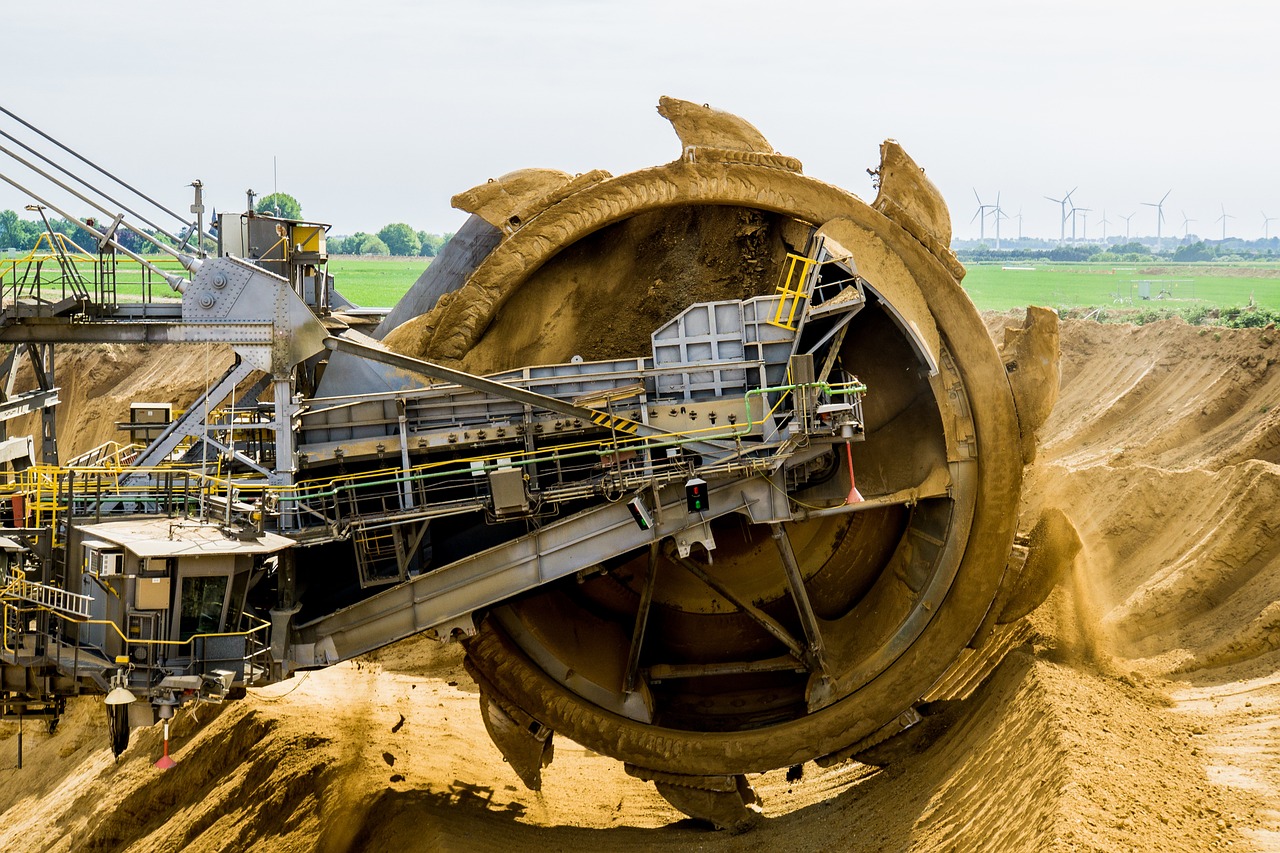Today there are over 50,000 active coal plants in the world, and by 2030 fossil fuels will still account for 85% of the global energy market. Fossil fuel-based power plants are no more than 50% efficient; half the power is delivered as a service to consumers and the other half is released into the environment as heat. The emission of flue gas exhaustion produces carbon dioxide, nitrogen oxide, and sulfur oxide which react in the atmosphere creating toxic rain.
The following slideshow illustrates a design by Bogdan Chipara of 1,000 m tubes with various types of air filters, bio-filters and synthetic carbon fixation techniques. Cooling chimneys keep the vapors from reaching the atmosphere and condensates are piped back to the base of the structure.
What is Carbon Capture and Storage?
Carbon Capture and Storage (CSS) involves the capture and sequestration of waste carbon dioxide (CO2) from sources such as fossil fuel burning or biomass power plants. CO2 is stored at a deposit site where it will not enter the atmosphere; most carbon sequestration facilities are built from underground geological formations.
The reason for storing CO2 is obvious: its potential role in greenhouse warming. Sequestration of CO2 is a relatively new challenge. Although oil and gas companies have been capturing carbon for decades as a way to enhance oil and gas recovery, sequestering CO2 to protect the environment requires entirely new methods.
One of the problems of carbon capture is it adds 25% to 40% to the cost of operating a power generating plant such as a coal-fired facility.
Point of Source Capture
Carbon is taken out of the power plant post combustion, pre-combustion or through proxy-fuel combustion. Fossil fuel power plants generate heat that is turned into steam, which turns a turbine to produce electricity; the process that turns the turbine is known as combustion.
With post-combustion carbon capture CO2, or flue gas, is gathered after fossil fuel burns. This process can be used in retrofitting older plants by simply adding a filter to trap CO2 as it travels up a chimney or smokestack.
In pre-combustion capture CO2 is trapped before the fossil fuel burns. Coal, oil or natural gas is heated in pure oxygen creating carbon monoxide and hydrogen, which is then passed through a catalytic converter with steam producing hydrogen and carbon dioxide. Through chemical processes carbon dioxide bonds with a chemical and is extracted from the mix.
Finally, in Oxy-fuel combustion, a power plant burns fuel in oxygen resulting in a gaseous mixture of steam and carbon dioxide which are separated through cooling. Oxy-fuel combustion prevents 90% of power plant emissions from entering the atmosphere so it is currently the preferred method.
Industries Involved In CO2 Emissions
Industries with major CO2 emissions include those mentioned above as well as natural gas processing, synthetic fuel plants and carbon fuel based hydrogen production plants. CO2 is captured after combustion usually in flue gasses. Some emissions of CO2 involve nearly pure CO2 which can then be processed directly. Syngas (CO and H2O) is another byproduct and is converted into CO2 and H2, with CO2 being captured and H2 being used as a fuel.
Global Thermostat’s Carbon Capture Cube “Prints Money”
A company called Global Thermostat (GT) has developed a dehumidifier like carbon capture method. GT developers believe reducing emissions of carbon dioxide will not do enough to avert global warming. Global Thermostat has developed a nitrogen-based compound that efficiently absorbs carbon dioxide. A stack of coated cubes and an exhaust pipe process 100,000 ft.³ of air per minute with an end product that is 97% pure carbon dioxide (CO2). Edgar Bronfman Jr., former CEO at Seagram is a minority owner in Global Thermostat which received funding from Goldman Sachs.
Global Thermostat is now selling carbon dioxide CO2 to companies that supply biogas to the airline industry. Algae feeds on pure carbon dioxide to produce jet fuel,






